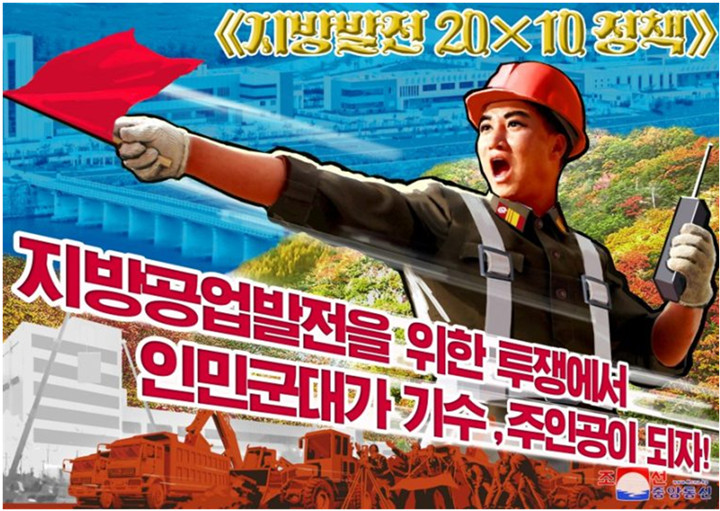Economic development is just another burden for the people

The North Korean regime is currently pushing economic development under the banner of a “20×10 Local Development Strategy.”
This plan aims to build industrial factories in 20 cities and counties each year for the next ten years with the goal of revitalizing regional economies and raising living standards to match those of Pyongyang.
Framed as a state-led initiative to counter international sanctions, strengthen local self-reliance, and reduce regional disparities, the policy is presented as a solution to the nation’s problems.
But for ordinary citizens, this development brings hardship, not hope. That is because, in North Korea, building a factory or tourist site is never just a government project. The burden of supplying materials and providing costs is passed down to the local people, and their labor is mobilized without pay.
When new directives are issued by the Party, people say, “Here comes more suffering.” Projects carried out in the name of economic development often end up adding to the weight of daily life rather than improving it.
Since 2023, North Korea has promoted “revitalizing local industries” and begun constructing factories across various provinces. Reports indicate that food processing and pharmaceutical facilities have been built in the city of Chongjin, and a construction materials plant in South Pyongan Province.
However, most of these facilities serve military or export purposes and have little to do with improving local livelihoods. The state-run Rodong Sinmun newspaper praises these efforts as “historic projects that build the pillars of a self-reliant economy,” but behind the rhetoric lies the sacrifice of the people.
Materials needed for construction are allocated to residents, and labor is framed as voluntary participation under the slogan of “socialist construction.” In reality, it is forced mobilization. There is no option to refuse. In rural areas, even during farming season, local people, mostly women and young people, are ordered to turn up at construction sites.
To outsiders, this economic development may appear as a symbol of self-reliance. But internally, it represents another face of oppression and exploitation.
The “20×10 Local Development Strategy” was introduced in 2024 as part of the “Five-Year National Economic Development Plan” launched in 2021. Promoted as an initiative to expand industrial infrastructure, it is nothing more than a top-down directive that disregards the lives of ordinary citizens.
In the face of international sanctions, shortages of materials and technology are offset by the sacrifices of the people. With foreign currency inflows blocked, the regime has resorted to demanding foreign currency from citizens or expanding its overseas labor program to secure funds.
These practices have been flagged as human rights violations. In 2023, the UN Special Rapporteur on Human Rights in North Korea warned that “North Korea’s economic development is being carried out in ways that violate the basic rights of its people.”
True development must begin with guaranteeing the freedom and rights of the people. Building a single factory matters less than respecting the life of a single citizen. For North Korea’s economic development to carry real meaning, people must be at its center.
The fact they are not at the center has led North Koreans to no longer believe in slogans like “revolutionary zeal” or “patriotic devotion.” Quietly but clearly, they are recognizing the contradictions of the system.
- For children, learning loyalty to the leader is more important than classes - December 14, 2025
- Party Central Committee convenes 13th plenary meeting in Pyongyang - December 14, 2025
- The hidden secret of winter military training… Supply burden on officers’ families - December 13, 2025

